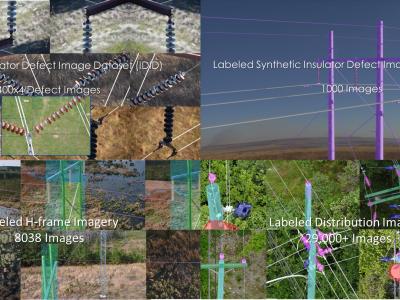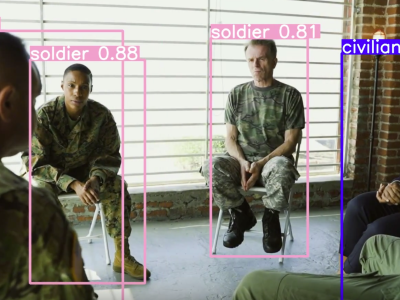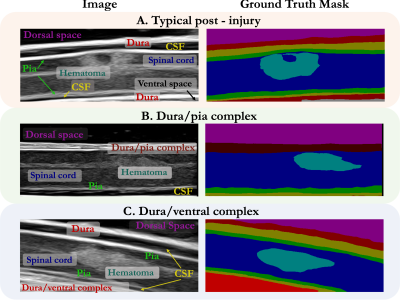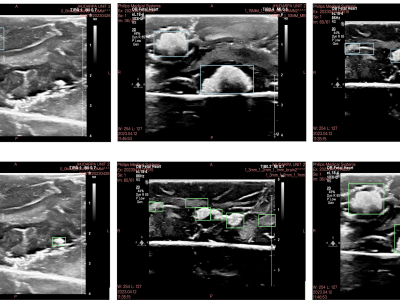
Annotating the scene text in the PRIVATY-TEXT-IMAGE dataset was done in Adobe Photoshop. To maintain the rationality of the annotation operation, the images' aesthetics, and the textures' consistency around the deleted text areas, we utilized the content-aware fill feature of Photoshop. This feature can enhance intelligent editing and modification capabilities during the image processing, automatically analyze the image content around the private text areas, and generate matching filling content to make the images look more natural and complete.
- Categories:




